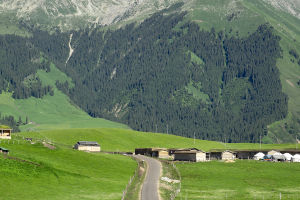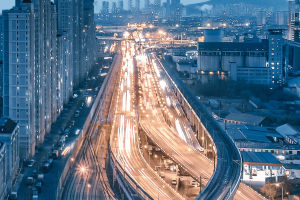Light environment design is a specialized field that involves the creative use of light to shape and enhance various public and private spaces.
It is not merely a subset of lighting design but rather encompasses multiple independent design fields such as landscape gardening, architectural landscape, exhibition display, and interior lighting.
The goal of light environment design is to use natural and artificial light to achieve functional realization, information communication, and cultural construction.
At its core, light is a fundamental element of architectural language that can be used to convey design concepts and artistic pursuits. It is a versatile design tool that allows architects to showcase their talents and bring brightness and comfort to buildings in the physical sense.
In addition, light can also integrate the building and environmental space in the spatial sense, enhance the infectiousness of the building in the artistic sense, and explore the deeper value of the building in the spiritual sense.
By employing light in these various ways, architects can create truly stunning and memorable spaces that capture the imagination and inspire the senses.
Two examples of exceptional light environment design are the new headquarters of SR Bank in Norway and the Gasholders in London, England. The new headquarters of SR Bank is a large wooden building that is one of the largest in Europe. Despite its size, the building matches the urban environment thanks to its triangular shape.
The architects used wood as a timeless building material to create a practical, strong, and beautiful building that perfectly reflects the values of the new SR Bank headquarters. The all-glass curtain wall and glass ceilings fixed to glulam beams allow sunlight to flood into the building, creating a warm, open, and airy atmosphere.
The lighting design of the building is also exceptional, with light strips following the contour of the building and the direction of the wood slats to create an aesthetic that perfectly complements the work areas.
The Gasholders in London, on the other hand, is an example of how light environment design can be used to create a dynamic dichotomy between the old and the new. The building, which was converted from a gas reserve station, features a striking contrast between the rawest physical materials and the lightness and diversity of the interior spaces.
Natural light is introduced into the building to create a classic spatial experience, with all residential units built following the gas storage tanks. By constantly adjusting and combing the spatial pattern, an open atrium is created in the middle of the three circular frames that can bring plenty of natural light to the interior.
The result is a truly impressive spatial experience that rivals that of the Guggenheim Museum of Art in New York.
Light environment design is a multifaceted discipline that draws on multiple independent lighting design fields to create visually stunning and functional spaces.
By using light creatively, architects can convey design concepts and artistic pursuits, bring brightness and comfort to buildings, integrate buildings and environmental spaces, enhance the infectiousness of buildings, and explore the deeper value of buildings.
The new headquarters of SR Bank in Norway and the Gasholders in London are just two examples of how light environment design can be used to create memorable and inspiring spaces that capture the imagination and inspire the senses.


